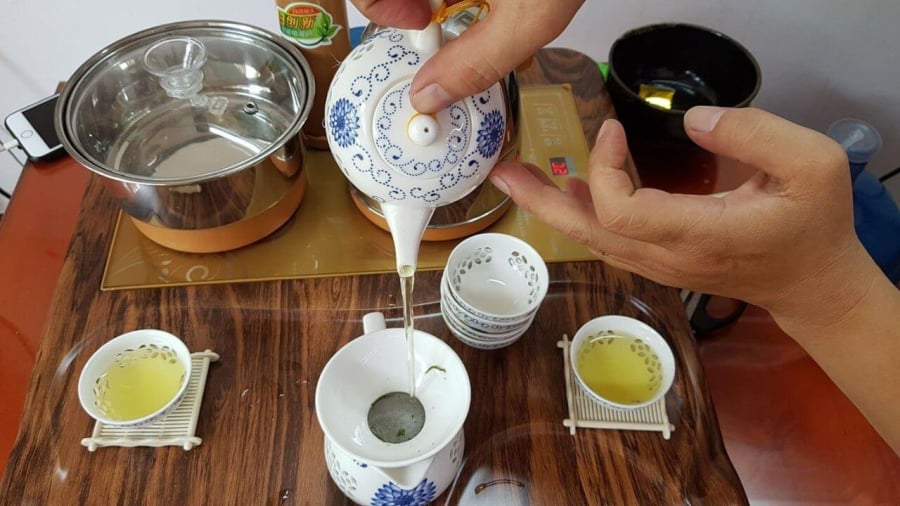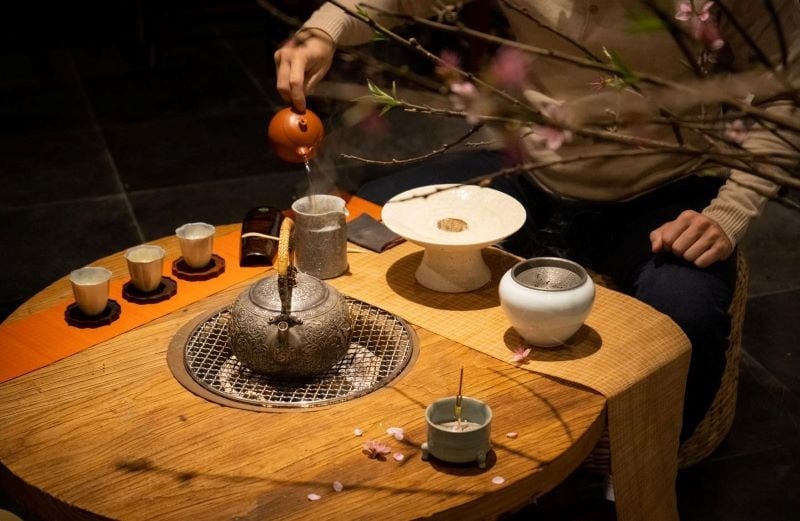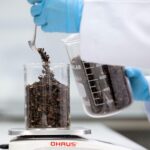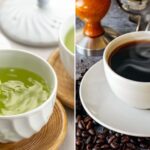Why is boiling water at 100 degrees Celsius not ideal for brewing green tea? Here are the specific reasons that any tea lover should know.
1. High temperature “burns” the tea leaves, altering their natural flavor
Green tea leaves are highly sensitive to temperature. When exposed to boiling water at 100 degrees Celsius, the tea leaves’ cells rupture suddenly, resulting in “tea burning.” This leads to a dark yellow liquor with a harsh, bitter taste, and the loss of the delicate, refreshing aroma that green tea is known for.

2. It causes a loss of beneficial compounds in the tea
Green tea is rich in valuable antioxidants such as catechin, polyphenols, and EGCG, which offer cardiovascular benefits, anti-cancer properties, and improved immune function. However, these compounds are heat-sensitive and prone to degradation at high temperatures.
Using boiling water at 100 degrees Celsius can result in a loss of up to 60-70% of these precious compounds, diminishing the potential health benefits of your cup of tea.
3. It makes the tea turn dark and cloudy, less appealing
The excessive heat alters enzymes and tannins in the tea leaves, causing the liquor to turn dark yellow or brown and even develop a scum. If allowed to cool, the brewed tea may become cloudy and develop a rancid odor, rendering it unfit for consumption.
Brewing tea at a moderate temperature yields a clear, sparkling liquor that retains the natural color of fresh tea leaves, making the drinking experience more enticing and elegant.
4. It diminishes the art of tea appreciation and the essence of tea culture
In the art of tea ceremony, selecting the right water temperature is a subtle and knowledgeable aspect. Tea is not just for drinking but also for experiencing—savoring the aroma, the mild astringency on the tip of the tongue, and the sweet aftertaste in the throat. Boiling water obliterates this delicate sensory journey.
Connoisseurs of tea often say, “Brewing tea is an art, and the brewer is an artist.” A true tea master would never subject delicate young tea buds to boiling water.
5. Brewing at the right temperature saves tea and money
When using overly hot water, the tea is essentially “killed” in the first infusion, and subsequent brews yield little flavor. However, when brewed at the correct temperature, the leaves can be infused 2-3 times, retaining a pleasant taste.

Simple ways to achieve the ideal water temperature for brewing tea
- If you don’t have a thermometer: After the water has boiled, remove the lid and let it cool naturally for 5-7 minutes. The temperature should then be around 80-85 degrees Celsius.
- If using an electric kettle: Select the “brew tea” setting or manually adjust the temperature to 70-85 degrees Celsius.
- Combine with a quick rinse: Briefly rinse the tea leaves with hot water for 5 seconds, discard the water, and then infuse the leaves with the desired amount—this technique enhances the release of the tea’s aroma.
The Unique Flavor of Cascara Tea, Made from Coffee Cherry Husk
Cascara Tea, the latest beverage sensation, is captivating tea enthusiasts worldwide with its unique flavor profile and impressive health benefits. Derived from coffee cherry husks, this tea variety offers a delightful sensory experience with its distinct taste and aroma. But it’s not just about the taste; Cascara Tea is a powerhouse of antioxidants and is known to aid digestion, making it a healthy and refreshing choice for tea lovers everywhere.
Trading Coffee for Green Tea: Unlocking 4 Special Health Benefits
“Trade in your coffee for a cup of matcha and unlock a world of surprising health benefits. Prepare to be intrigued as we delve into the wonders of this ancient brew and the positive transformations it can bring to your life. Get ready to explore a whole new perspective on your daily routine and discover why this simple swap might just be the key to a healthier you.”
6 Sun-Protecting Juices: Natural Alternatives to Sunscreen This Summer
Introducing a delightful way to boost your health and protect your skin! These carefully crafted juices are packed with essential vitamins and minerals that your body needs. But that’s not all – they also offer a natural defense against the sun’s harmful UV rays, functioning as a sunscreen from within.



































